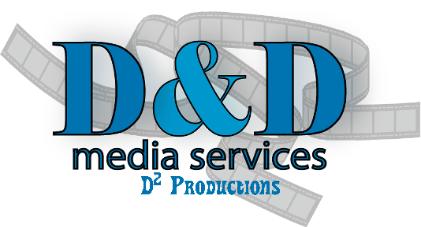| Digital Photo File Formats: JPEG vs. TIFF Our scanning services provide you with high resolution digital images saved to one of two formats, JPEG format, or TIFF format. Each format has it's unique benefits and is better suited for certain people or situations. There has been much debate about these two formats and some people feel very strongly about one or the other. We don't charge more for one or the other and will not attempt to influence your opinion. Below are some facts about each format that should help you decide which is a better choice. JPEG and TIFF in a Nutshell: JPEG: Sometimes referred to as JPG. JPEG is probably the most popular and compatible image format around. JPEG is the standard file format of most of today's consumer quality digital cameras and is supported by almost all of today's imaging software. JPEG uses lossy compression, meaning that some image data is lost when the file is compressed. The amount of compression can be varied, the more compression the more data is discarded and the smaller a file becomes. JPEG is great for creating smaller file sizes for uploading on the Internet, or for use with e-mail. It's also a good choice because it's very popular and likely to be around for a long time. We use Maximum quality JPEG compression settings that provide you with high quality images. TIFF: TIFF format is the standard for most commercial and professional printing needs. We use the uncompressed TIFF format meaning that no image data is lost after scanning. TIFF is a great choice for archiving images when all detail must be preserved and file size is not a consideration. TIFF files are very large in size compared to JPEGs because no compression is used. JPEG & TIFF Compared: The chart below outlines the pros and cons of each format. JPEG vs. TIFF Pros Cons: How big will my files be? This depends on the format they are saved to. The charts below list file sizes you can expect from TIFF and JPEG files. Based on 24 bit scanning and JPEG quality of 10 using Adobe Photoshop. JPEG file sizes vary. 35 mm Film Scanning: pixel & file size of a standard 35mm frame: 300 DPI Print Scans: Pixel Dimensions JPEG File Size TIFF File Size 3 x 5 900 x 1500 650 KB - 1 MB 3.9 MB 4 x 6 1200 x 1800 1.1 MB - 1.6 MB 6.3 MB 5 x 7 1500 x 2100 1.6 MB - 2.3 MB 9.2 MB 8 x 10 2400 x 3000 3.2 - 4.5 MB 21.2 MB 600 DPI Print Scans: Pixel Dimensions JPEG File Size TIFF File Size 3 x 5 1800 x 3000 2.4 MB - 3.5 MB 15.8 MB 4 x 6 2400 x 3600 3.6 MB - 5.2 MB 25.3 MB 5 x 7 3000 x 4200 4.8 MB - 6.9 MB 36.9 MB 8 x 10 4800 x 6000 9.1 MB - 14.3 MB 84.4 MB Our Recommendations: If you need the absolute best quality image then TIFF format will serve you well. If you're a hobbyist or the average computer user we recommend JPEG format because it is easier to work with. JPEG files can easily be used with today's photo sharing web sites and don't require an enormous amount of space on your computer. We hope the information above has been helpful to you. If you wish to read more about these file formats we recommend you do a search on www.google.com . |
| ||||||||||||||||||||
Wedding & Event Videographer's Association International
 | ***Featured Conroe, Texas Videographers listed in the Decidio Wedding and Party Directory*** Conroe Caterers . Conroe Photographer . Conroe Disc Jockey . Conroe Florist . Conroe Videographer . Conroe Limousine . Conroe Party Rental .Conroe Banquet Rooms |
| Checks accepted, but must clear before the event date. |
| WELCOME to D & D Media Services! 11708 Big Holly Ln, Conroe, Tx 77385 Take your time, browse through our website or just give us a call at: 281.298.3738 |


